iPhone 5s vs iPhone 5c vs iPhone 5: iSight camera shootout!
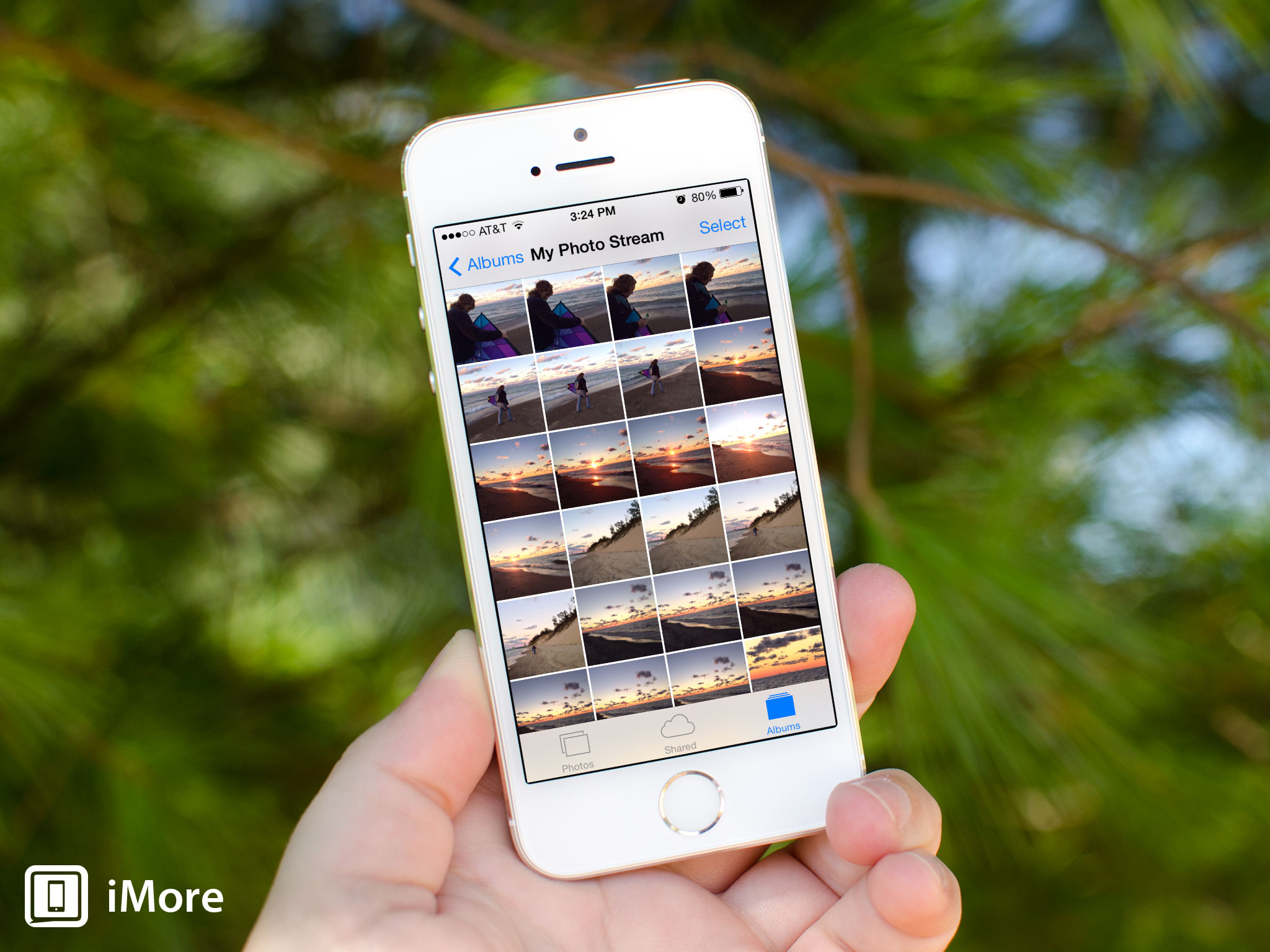
From every day photos to low-light and high-motion, iMore compares the iPhone 5s, iPhone 5c, and iPhone 5 iSight cameras!
The iPhone 5s once again shows Apple's focus on cameras, bringing several improvements to the 8 megapixel iSight camera on the back. These include a dual LED white/yellow flash called True Tone, a larger f/2.2 aperture, bigger 1.5mm pixel sensor, and, of course, the next generation image signal processor (ISP) in the new Apple A7 chipset. What does this mean for overall, every day photo quality? What does it mean for skin tones and low-light? What does it mean for motion and dynamic range? And how does it compare to the also just-launched iPhone 5c and last year's similarly equipped iPhone 5? Let's take a look!
iPhone iSight camera evolution
The iPhone has undergone a pretty dramatic evolution when it comes to camera quality. The original iPhone and iPhone 3G were, like most camera phones of the time, dismal. The iPhone 3GS began to change that, and Steve Jobs' famous iPhone 4 Keynote, where he pled the case for photons, cemented Apple's focus on making the iPhone not only a popular camera, but a good one. The iPhone 5 and iPhone 5c are no slouches. The iPhone 5s, even better.
Keeping it consistent
All settings used for this comparison were default, and the only app used was Apple's built-in Camera app. I did not enable HDR, use zoom, or any other camera feature unless otherwise specified. The only thing I enabled on each camera is grid lines so I could better line up shots and get consistent photos across the board. I also let the on-board software control all focusing for the sake of consistency, again unless otherwise specified.
iPhone 5s vs iPhone 5c vs iPhone 5: General everyday photography
From left to right: iPhone 5c, iPhone 5s, iPhone 5




When it comes to general photography (what Apple markets as every day photography) in normal lighting conditions, all three cameras perform exceptionally well. The one thing I find fairly consistent across all the photos I took is that the iPhone 5s manages to balance tones and saturation better.
When a lot of color was involved, the iPhone 5s just seemed to produce a truer representation of what was actually in front of me. The iPhone 5 did a pretty good job at balancing but for some reason, the iPhone 5c almost always seemed to over-saturate colors. This is clear in the photo of the window above. The iPhone 5c on the far left had the hardest time producing true colors. In regular scenes, the difference wasn't terribly noticeable, only when bold or bright colors were involved.
The iPhone 5s produces more natural looking colors by a slight margin but all three cameras can hold their own in normal everyday settings and will produce images you'll be completely happy with.
iMore offers spot-on advice and guidance from our team of experts, with decades of Apple device experience to lean on. Learn more with iMore!
iPhone 5s vs iPhone 5c vs iPhone 5: Low light photography
From left to right: iPhone 5c, iPhone 5s, iPhone 5

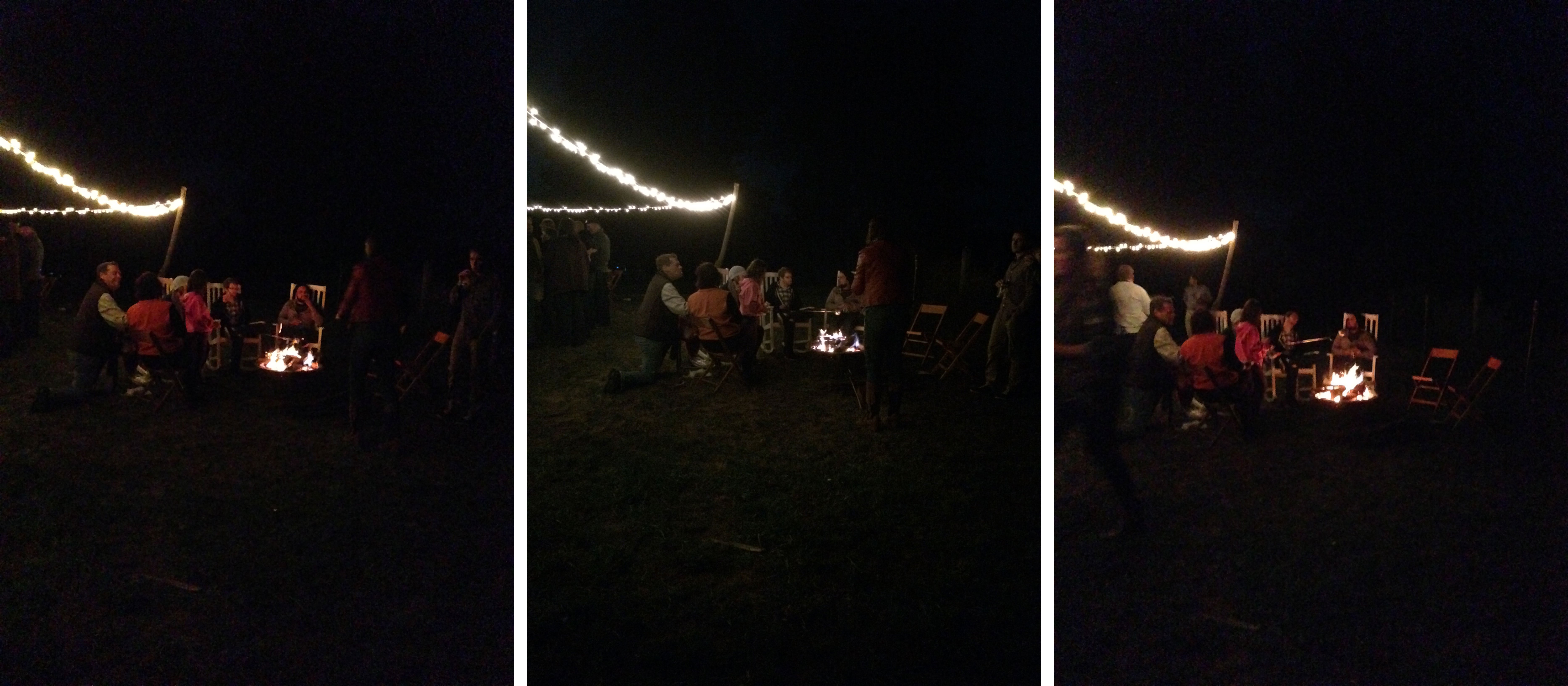

I took the above photos simply to set expectations, nothing more. And because I wanted to see if the jump from f/2.4 to f/2.2 aperture really did much in way of night photography. As I expected, we shouldn't expect miracles here. I will point out that I did not use a flash for any of the above photos so I did not expect them to be perfect. If I had used a flash, I am confident that all three results would be completely different. My goal was simply to see if the iPhone 5s could handle extremely dark environments any better without the assistance of the flash. The only thing I noticed was that grain and noise is a little less noticeable in the iPhone 5s shots than in the ones taken with the iPhone 5c and iPhone 5.
From left to right: iPhone 5c, iPhone 5s, iPhone 5

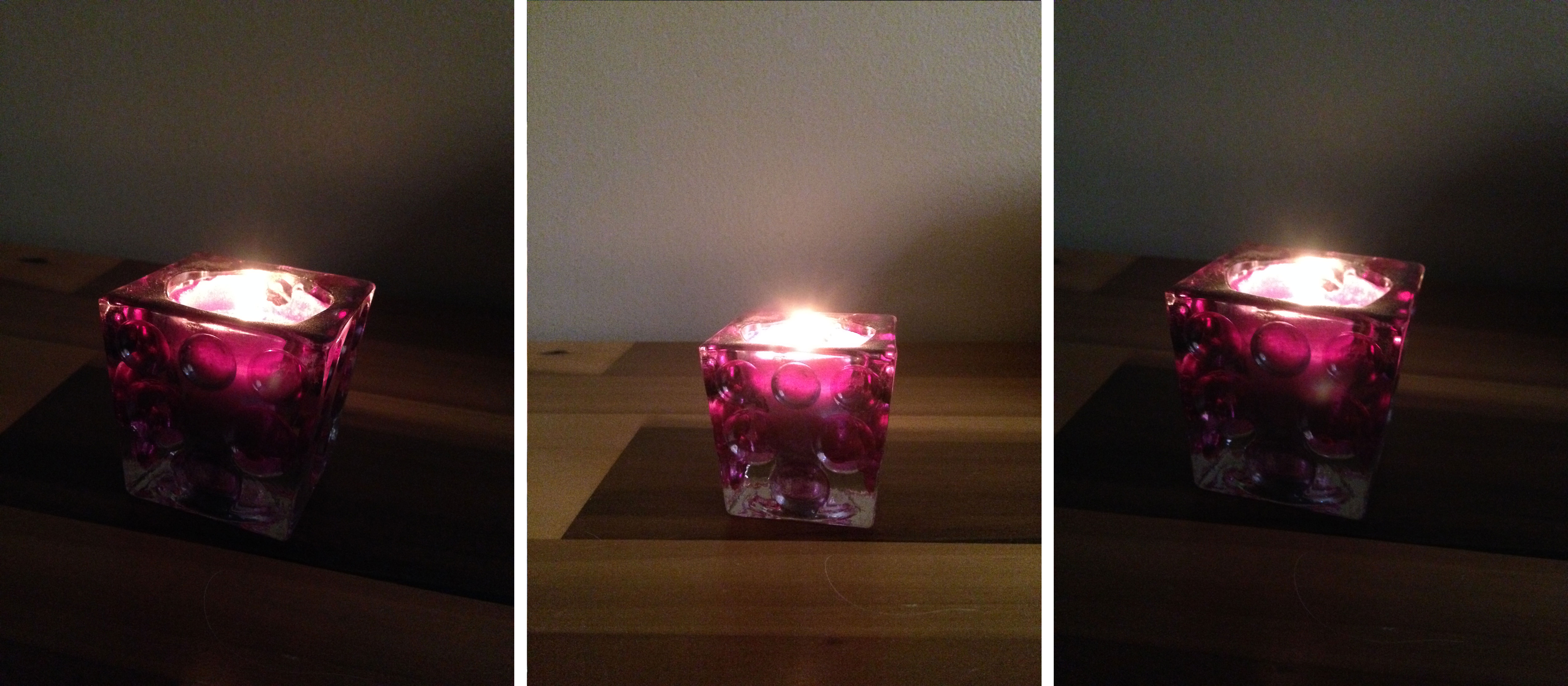

Now if we take a look at the next set of photos above which were all taken in more common dark scenes that most of us will encounter daily, such as the inside of a dimly lit room, all three cameras perform much better. We can also clearly see that in more realistic situations, the iPhone 5s camera has been vastly improved over the iPhone 5. The photo of the candle in particular shows a huge difference. The iPhone 5s clearly blows the iPhone 5c and iPhone 5 away. The iPhone 5c produces similar results to the iPhone 5, which is expected considering it's pretty much the same identical camera.
At the end of the day, at long as you're realistic about what kind of night shots you want to capture, the iPhone 5s does exceptionally better than any of its predecessors. I'd say it's the biggest leap forward Apple has ever pulled off in terms of low light handling in a single iteration.
iPhone 5s vs iPhone 5c vs iPhone 5: Flash photography
From left to right: iPhone 5c, iPhone 5s, iPhone 5



The iPhone flash has never been extremely great at preserving tones. The True Tone flash of the iPhone 5s is supposed to solve this problem. So far, I've found the iPhone 5s to be all around better at preserving color and tones, with or without the flash. In the first photo of my dog Kaya, I particularly notice the difference as the iPhone 5s actually preserved the colors of her fur better than the iPhone 5c and iPhone 5. In almost all cases, the iPhone 5 blows out certain parts of the image, particularly colors. The iPhone 5c does a little better job of handling it but not much. The iPhone 5s flash seems to balance tones and not blow out images the way the other two do. I found this to be the case with the iPhone 5 during my HTC One vs iPhone 5 camera shootout as well.
The iPhone 5s flash does balance tones better as Apple says it does, but I'm more impressed with its ability to not blow out images as bad as its predecessors did.
iPhone 5s vs iPhone 5c vs iPhone 5: HDR photography
From left to right: iPhone 5c, iPhone 5s, iPhone 5

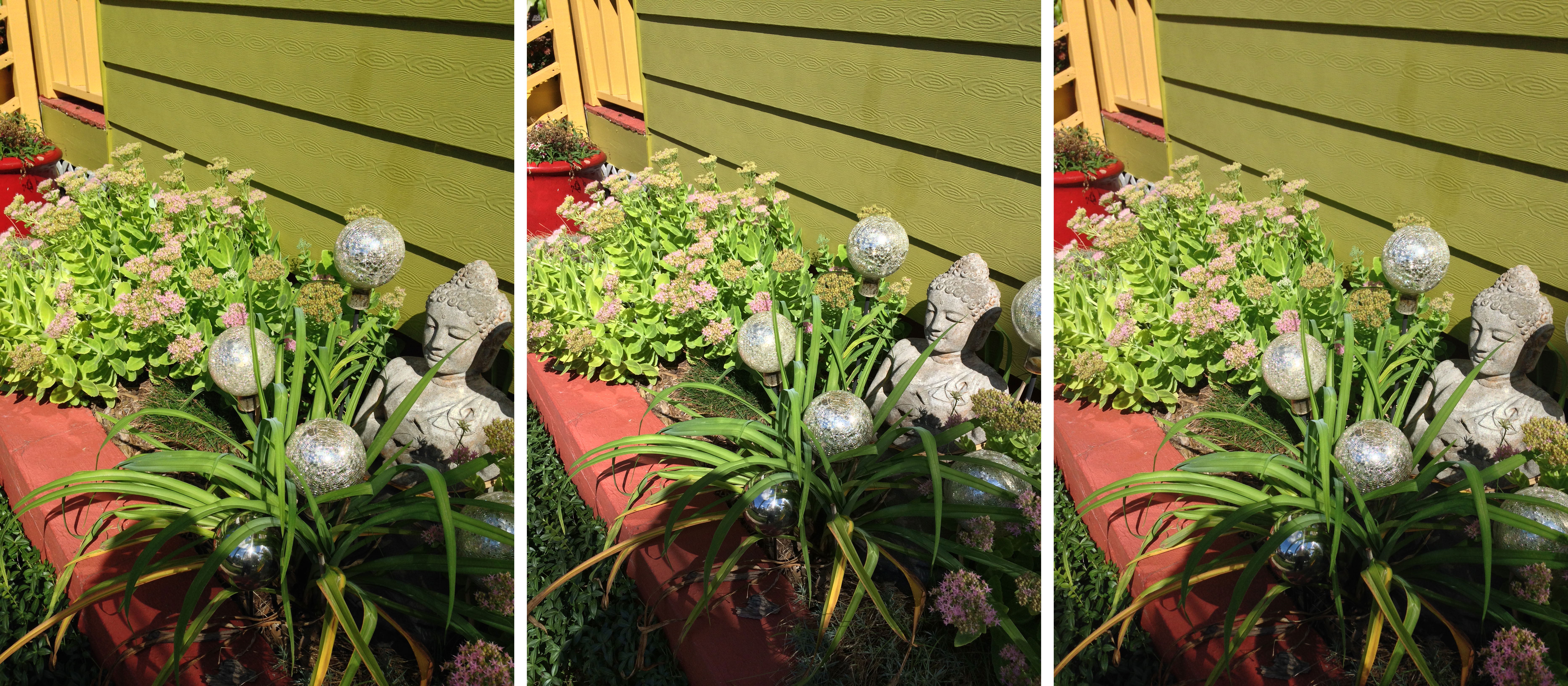


HDR photography is one of the areas I found to be consistent pretty much across the board. All three cameras handled exceptionally well and balanced most environments with almost identical results each and every time. If you're concerned with this, you have nothing to worry about with iPhone 5s, iPhone 5c, or iPhone 5. They pretty much all perform the same.
iPhone 5s vs iPhone 5c vs iPhone 5: Macro and zoom photography
From left to right: iPhone 5c, iPhone 5s, iPhone 5


The above photos I used no zoom and simply shot both of them as close as I could get while focusing on the exact same point in each. All three performed exceptionally well but I did notice the iPhone 5 did not want to focus as close in the photo of the flower as the iPhone 5s and iPhone 5c did. For some reason, the image would start to blur if I got any closer. Perhaps this is simply an anomaly with my particular iPhone 5. I'm not really sure. The photo of the driftwood was particularly interesting to me as the iPhone 5s again did a much better job of balancing color tones and saturation than both the iPhone 5c and iPhone 5.
From left to right: iPhone 5c, iPhone 5s, iPhone 5


The two images above I did use the zoom feature and zoomed in as far as possible. Mainly because I hate spiders and for two, I wanted to see how much noise I could get each camera to product considering I've never found the zoom feature in any iPhone to be quite good. It has always produced noise very quickly in my experience. The iPhone 5 performed the worst in the photo of the spider completely blowing out the background color. The iPhone 5c handled okay in both photos but the iPhone 5s was the clear winner. I was pleased with the improvements Apple has made in terms of noise when using the zoom feature. The second photo makes it apparent especially when viewing a larger version of the image (you can do this by right clicking and opening in a new tab or window). There is visibly less noise and it balanced the actual colors of the skyline the best.
The iPhone 5s does better with zoom but with general close up photography, all three cameras perform well. I did however find that yet again the iPhone 5c over-saturated color tones. You can clearly see this in the photo of the driftwood.
iPhone 5s vs iPhone 5c vs iPhone 5: Motion photography
iPhone 5c

iPhone 5s

iPhone 5
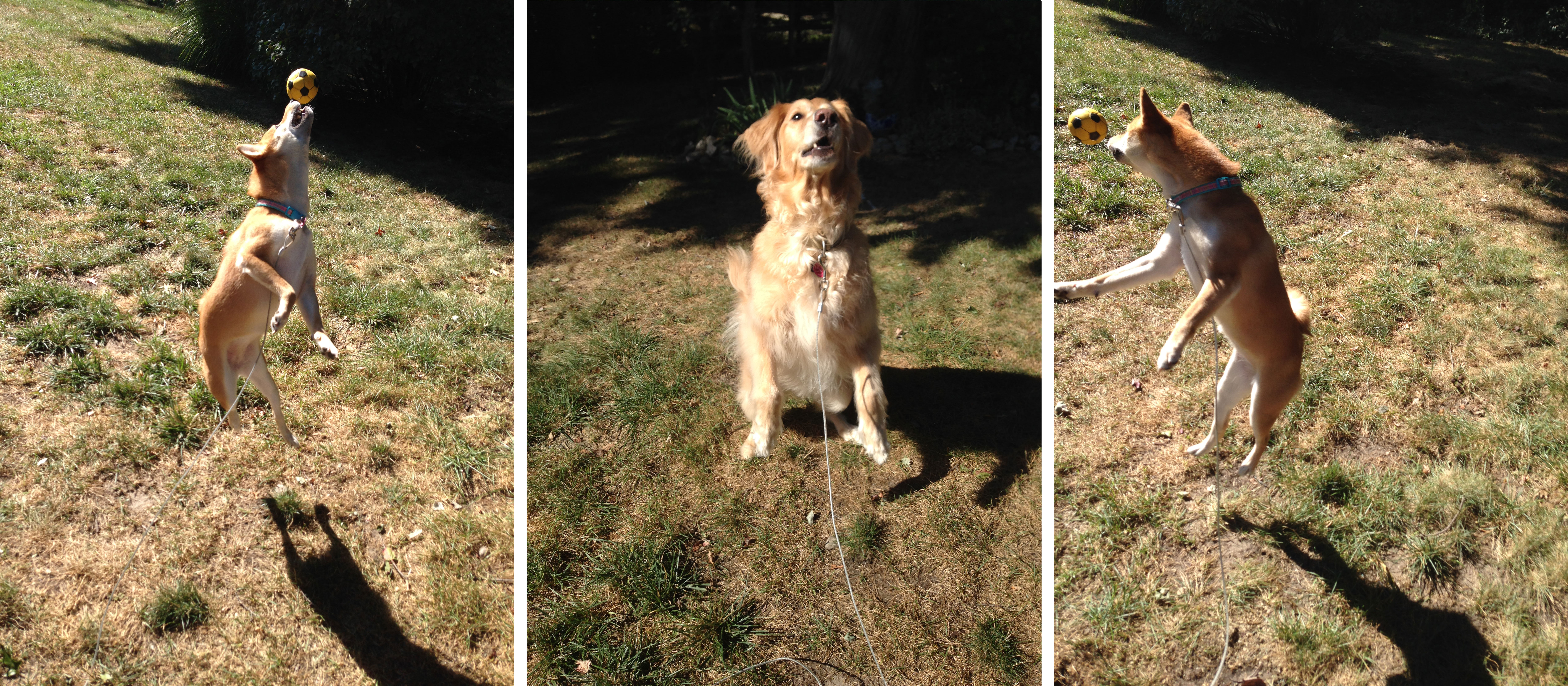
It's extremely hard to get the same set of motion photography shots unless you have an extremely controlled environment, which unfortunately, I do not. Instead, I decided I'd try and get the best motion shots I could in groups. Above you see 3 motion shots from each iPhone. I did not use the burst mode in the iPhone 5s out of fairness to the iPhone 5c and iPhone 5. However, the iPhone 5s should still reduce motion blur better as it takes four images and stitches the best parts of each together for the best possible shot.
Overall, I didn't notice a huge difference between any of them. Perhaps I'm just oddly good at capturing motion or the improvement isn't as huge as what Apple is saying. I'm not sure. This is one category I'd like to hear you guys' thoughts on. Surely the burst mode will help capture lots of motion better but I've yet to see a great deal of difference either way. Then again, motion blur always happens when you least expect it to and when you can't reproduce something so easily.
iPhone 5s vs iPhone 5c vs iPhone 5: Panoramas
From top to bottom: iPhone 5c, iPhone 5s, iPhone 5



From top to bottom: iPhone 5c, iPhone 5s, iPhone 5



From top to bottom: iPhone 5c, iPhone 5s, iPhone 5



From top to bottom: iPhone 5c, iPhone 5s, iPhone 5
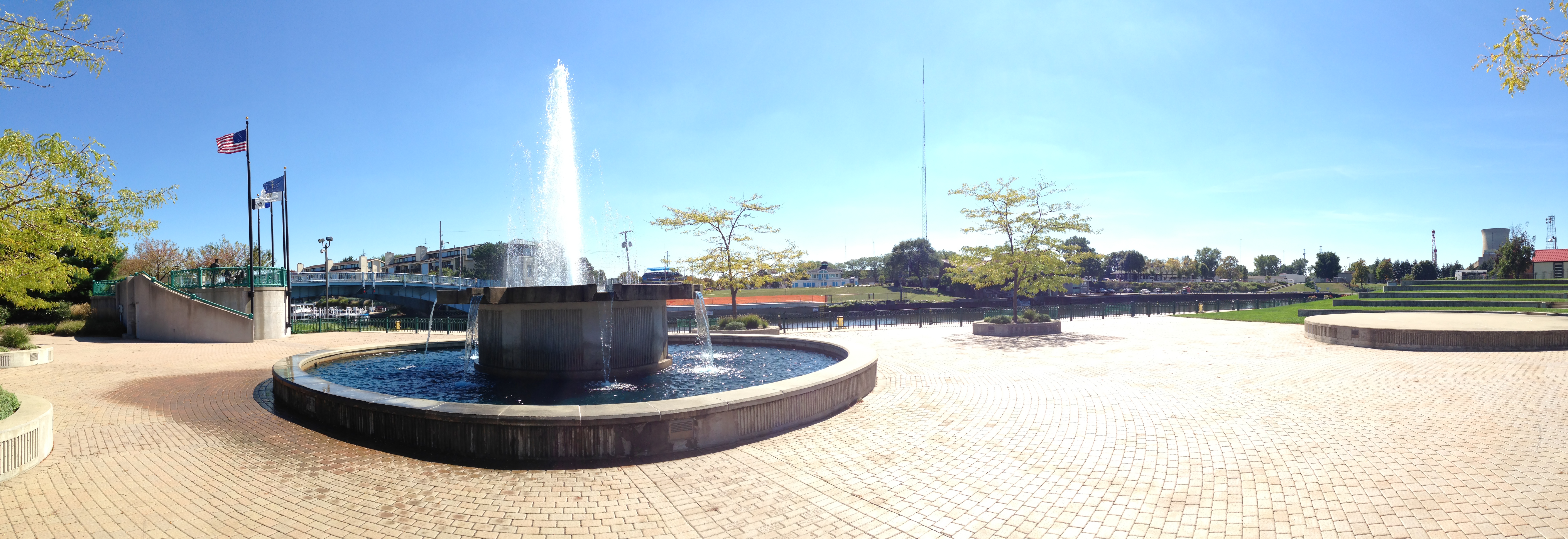


Each and every time I took a panorama, the iPhone 5c and iPhone 5 blew out some part of the sky where the iPhone 5s produced gorgeous results consistently. The reason for that is the dynamic exposure in the iPhone 5s. It adjusts throughout the panorama process, giving you better detail in highlights and shadows. It also captures at 30fps which provides for more information.
If you take panoramas consistently, particularly outdoors and in bright light, the iPhone 5s trumps both the iPhone 5c and iPhone 5 by quite a large margin.
iPhone 5s vs iPhone 5c vs iPhone 5: The bottom line
The iPhone 5s' camera contains many improvements over last year's iPhone 5. I noticed the biggest differences when it came to low light and with panoramas. If you're debating between the iPhone 5c and iPhone 5s, and photography matters to you, get the iPhone 5s. Both cameras are good, but the iPhone 5s camera is better.
If you're moving from a different type of smartphone entirely, the decision may become a little harder depending what phone you're migrating from. The iPhone 5s isn't as much camera as Nokia Lumia 1020 , for example, but it could definitely give the HTC One or Lumia 920 a run for their money. Lack of optical image stabilization (OIS) means it's not quite as good in low-light, low motion settings, but Apple's ISP means it's as good if not slightly better in those "every day" moments Apple focuses on.
iMore senior editor from 2011 to 2015.


